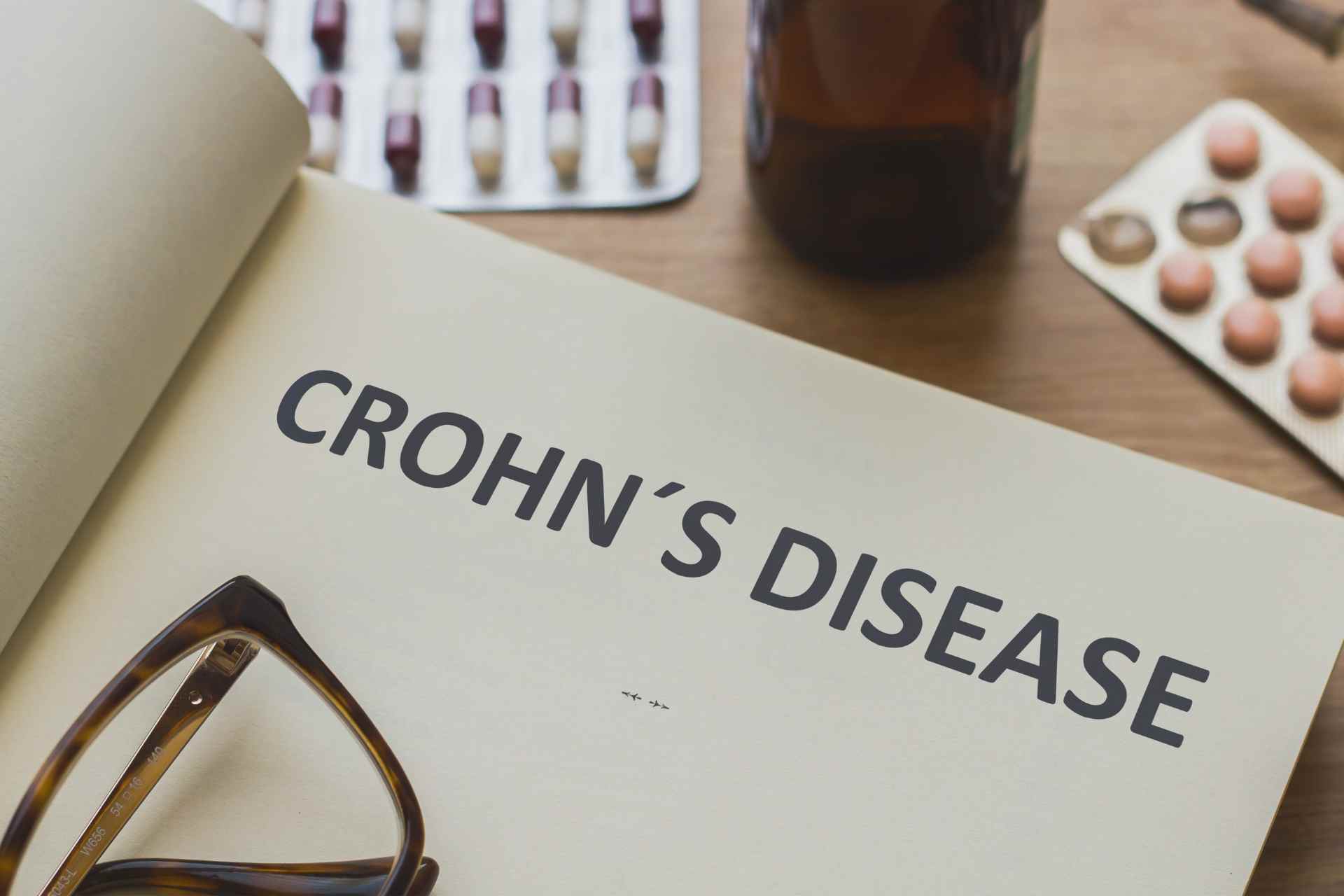What is already known
Crohn’s disease, an inflammatory condition that causes long-term inflammation of the gastrointestinal tract, is thought to result from a dysregulated immune response against environmental factors, including gut microbes, in genetically susceptible people. A liquid, fiber-free formula diet is a first-line therapy for Crohn’s disease, but the mechanism underlying the beneficial effects of such diet remains unknown.
What this research adds
Working in a mouse model of colitis, researchers found that a fiber-free diet inhibits intestinal inflammation by altering the localization of Mucispirillum schaedleri, a microbe that colonizes the mucus layer of the gut in mice and humans. The absence of dietary fiber reduced nutrient availability for M. schaedleri, leading to its exclusion from the mucus layer.
Conclusions
The findings may inform new approaches to treat Crohn’s disease by targeting disease-causing microbes in the gut.
A first-line therapy for Crohn’s disease, a long-term inflammatory condition of the gastrointestinal tract, is a liquid formula diet that is free from fiber. Now, working in mice, researchers have found that a fiber-free diet prevents intestinal inflammation by altering the localization of a disease-causing bacterium.
The findings, published in Cell Host & Microbe, may inform new approaches to treat Crohn’s disease by targeting disease-causing microbes in the gut.
Crohn’s disease is thought to result from a dysregulated immune response against environmental factors, including gut microbes, in genetically susceptible people. Because diet is known to modify the gut microbiota, clinicians recommend an exclusive enteral nutrition (EEN) to manage Crohn’s disease. EEN is a liquid formula diet that contains all nutrients but is free from or low in plant fiber.
“EEN is a first line therapy for mild to moderately active pediatric [Crohn’s disease], providing complete nutrition while simultaneously inducing remission in 60%-85% of cases,” the researchers say. However, the mechanism underlying the beneficial effects of EEN remains unknown.
To examine how the fiber-free diet regulates intestinal inflammation, Peter Kuffa at the University of Michigan Medical School in Ann Arbor and his colleagues used a mouse model that recapitulates multiple hallmarks of Crohn’s disease, including colitis.
Localization matters
The researchers induced intestinal inflammation using a single disease-causing microbe, Mucispirillum schaedleri — a bacterium that colonizes the mucus layer of the gut in mice and humans.
The fiber-free diet prevented the development of colitis and inhibited intestinal inflammation in mice with colitis, the researchers found. Further analyses showed that the absence of dietary fiber reduced the availability of nutrients for M. schaedleri, and it impaired one of the microbe’s key metabolic pathways. This, in turn, led to the exclusion of the microbe from the mucus layer and the remission of disease in mice with colitis.
“Our results show that localization in the mucus layer, and not abundance in the intestinal lumen, is critical for Mucispirillum to trigger inflammation,” the researchers say.
Regulating bacterial growth
The researchers had known that M. schaedleri lacks the enzymatic machinery necessary for using dietary-derived polysaccharides, suggesting that this microbe may rely on byproducts of other gut bacteria. To test this hypothesis, the team examined which bacterial species were affected by the fiber-free diet.
The abundance of Lachnospiraceae bacteria, including the mucus-degrader Ruminococcus torques, was reduced in mice given a diet low in fiber. Further experiments showed that R. torques regulates the growth of M. schaedleri through a breakdown product of fermentation. Lower levels of Lachnospiraceae limited the availability of nutrients necessary for M. schaedleri to colonize the mucus layer, the researchers also found.
“This study introduces a novel concept that diet can control the proximity of pathobionts to the host epithelium through mucolytic microbes that have the ability to regulate the growth and metabolism of pathobionts in the mucus layer,” the authors say.









